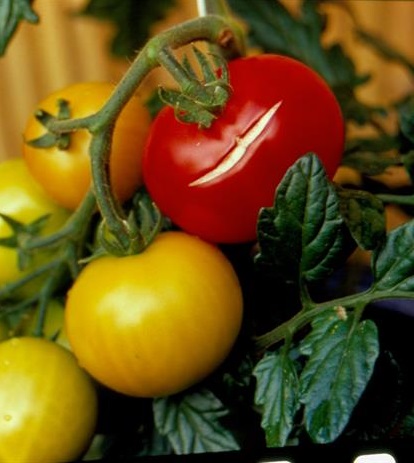
Take your Hydroponics Knowledge to the Next Level
Learn How to Manage Hydroponic Systems
Gain more knowledge in hydroponic management by building on the knowledge you already have; this course has been developed to complement Hydroponics I and II, it is intended for people who already have some experience and understanding of hydroponics.